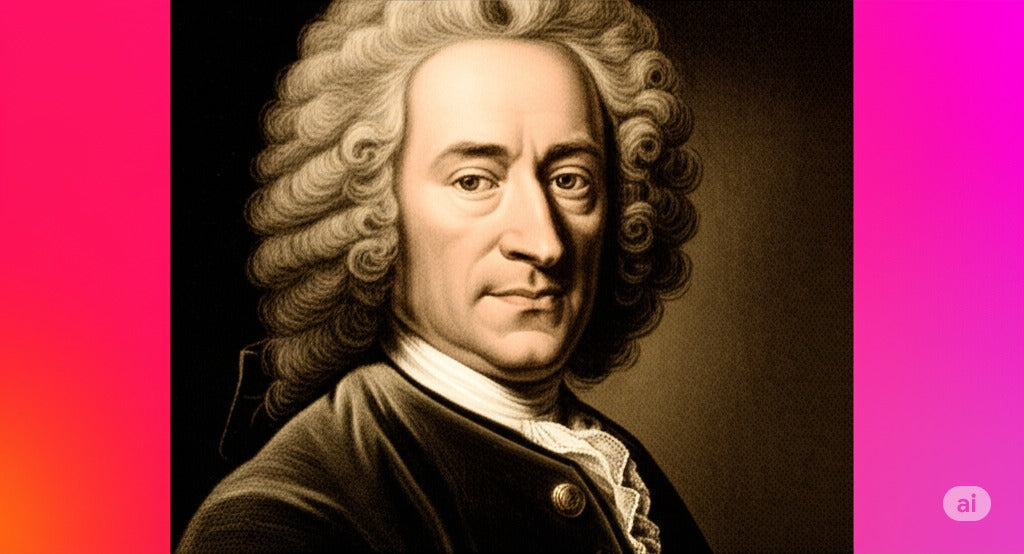
From The 7 Bridges of Königsberg to Biomechanical Analysis
Topological Data Analysis (TDA) for Biomechanics
Leonhard Euler (1707-1783) was a titan of 18th-century mathematics and one of the most prolific minds in history. Working from academies in St. Petersburg and Berlin, often while blind, Euler possessed an unparalleled ability to see past superficial details to a problem's fundamental structure. This is perfectly captured in his stunningly simple formula for polyhedra, V - E + F = 2, which revealed that for any convex solid, the number of Vertices minus Edges plus Faces always equals two.
This was a profound insight, a property of pure shape, not size or angle.
The 7 Bridges of Königsberg
The Prussian city of Königsberg had seven bridges connecting two islands and the mainland. The challenge: could anyone walk through the city, crossing each bridge only once? While others tried and failed, Euler proved it was impossible by converting the city into a simple network diagram. This act of abstraction gave birth to graph theory and laid the foundation for topology.
The Eulerian Blueprint for Optimal Motion
Euler's work on the calculus of variations established the framework for finding "optimal paths" or trajectories that achieve a goal with maximum efficiency (generating maximum power with minimum wasted energy).
We move beyond simple video playback to perform a deep, geometric analysis of an athlete's motion. By modeling the movement as a path on a complex topological manifold, our system quantifies two critical aspects pioneered by Euler's work:
- Path Smoothness: We analyze the motion's continuity to identify moments of inefficient, abrupt changes in force. A smoother path, as defined by the calculus of variations, is a more powerful and less injurious one. Our technology pinpoints exactly where an athlete's motion becomes "jerky" and leaks energy.
- Trajectory Efficiency: We assess the geometric shape of the end-effector's path (e.g., the club head). An optimal swing follows a clean, powerful arc. Our analysis identifies deviations from this ideal geodesic path, such as loops or breaks in the swing plane, that compromise the transfer of kinetic energy.
By translating Euler's foundational mathematics into applied computational analysis, we provide athletes and coaches with a new lens to view performance. We are, in essence, finding the most efficient path through the seven bridges of a complex athletic motion.
